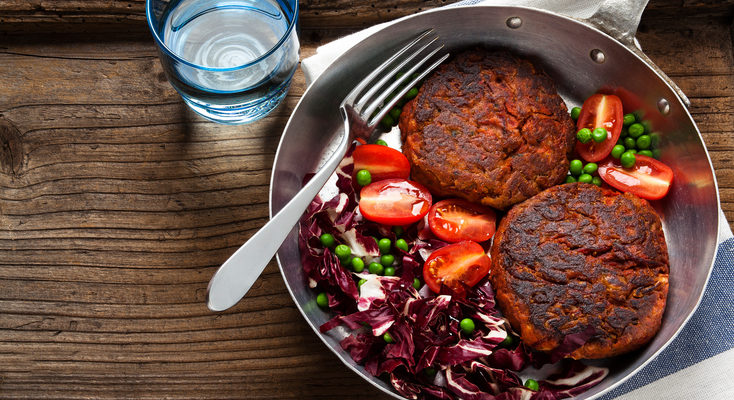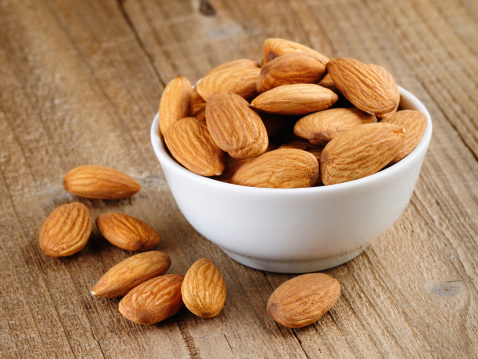Diet gurus, news stories and social media posts tout the latest hype about the right foods to eat when you’re trying to shed extra pounds. Portion control doesn’t typically make the headlines, but it is as important to your success as what you consume. That’s because excessive amounts of even healthy foods can load you up with more fat, sugar or carbohydrates than you need. The best way to avoid eating too much is to measure out the right size portion every time.
Here are seven healthy foods you should always measure:
1. Nuts & Nut Butters
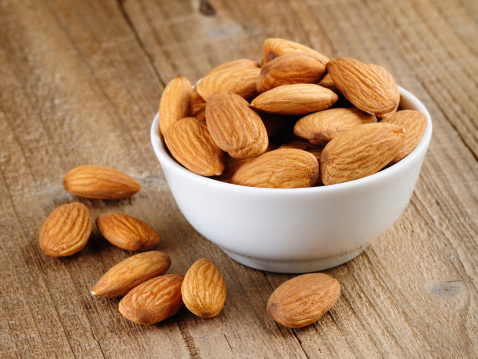
Peanuts, almonds and other kinds of nuts are handy snacks. Creamy nut butters make convenient sandwich spreads and tasty dips. Both are good sources of non-meat protein and healthy fats, supplying you with energy and helping you feel full long after you’ve eaten.
Nuts, however, are concentrated sources of fats, so it’s very important you measure them since eating more than a serving at a time loads you up on extra calories. The recommended serving of nuts is a half-ounce, or about two tablespoons. Nut butters are even higher in fats, with 15 grams in a one-tablespoon serving.
When shopping for nuts, choose dry-roasted, unsalted varieties so you don’t get too much sodium. Also, look for nut butters that do not have added sugars—beware of those that are “honey” flavored, a clear sign of extra sweeteners.
Nutrisystem Category: PowerFuels
One PowerFuel = Two tablespoons (or half an ounce) dry-roasted peanuts and almonds; one tablespoon peanut or almond butter.
2. Oils

Cooking oils help bring out the flavor of healthy ingredients like vegetables. And they keep foods from sticking to the pan when you’re cooking. The best kinds of oils are high in unsaturated fats, which fill you up and help your body manage its cholesterol levels. Olive, peanut, canola, walnut and avocado oils are all good choices. Flax seed oil provides you with heart-healthy omega-3 fatty acids—it is best used after cooking as heat may transform the fats into unhealthy ones.
But, since even good fats come lots with lots of calories, so it’s very important that you measure them out. A one-teaspoon (one Extra on Nutrisystem) to a one-tablespoon serving (three Extras on Nutrisystem) is enough to combine with vinegar for a salad dressing or to sauté a serving of vegetables.
Nutrisystem Category: Extra
One Extra = One teaspoon
3. Whole Grain Pasta
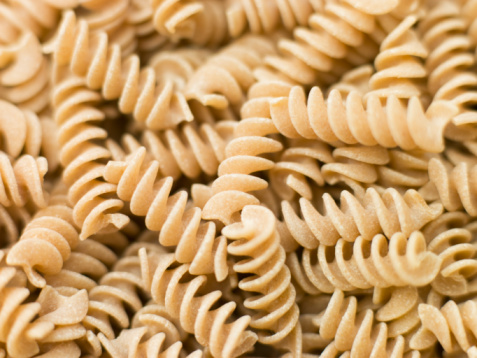
Pasta is high in carbohydrates, but noodles made with whole grains are rich in fiber and even protein. The fiber helps you digest the food steadily, without the sharp spikes and steep drops in your blood sugar that happens when you eat standard noodles. That’s why whole grain versions are categorized as SmartCarbs in the Nutrisystem program.
But even the whole wheat variety brings calories and carbs to the table, so it’s important to avoid overeating it. Measure your pasta until you become a portion pro and no longer need to (Get on the fast track to becoming a portion size guru with this helpful article and video >)
Keep in mind that whole grain pasta is more filling than the standard variety, so you need only about half as much of the healthier noodles to be satisfied. And be sure to flavor your whole grain pasta with sauces that have lots of vegetables (like tomatoes, peppers, and onions) rather than toppings loaded with cream or cheese.
Nutrisystem Category: SmartCarbs
One SmartCarb = ½ cup cooked
4. Avocado
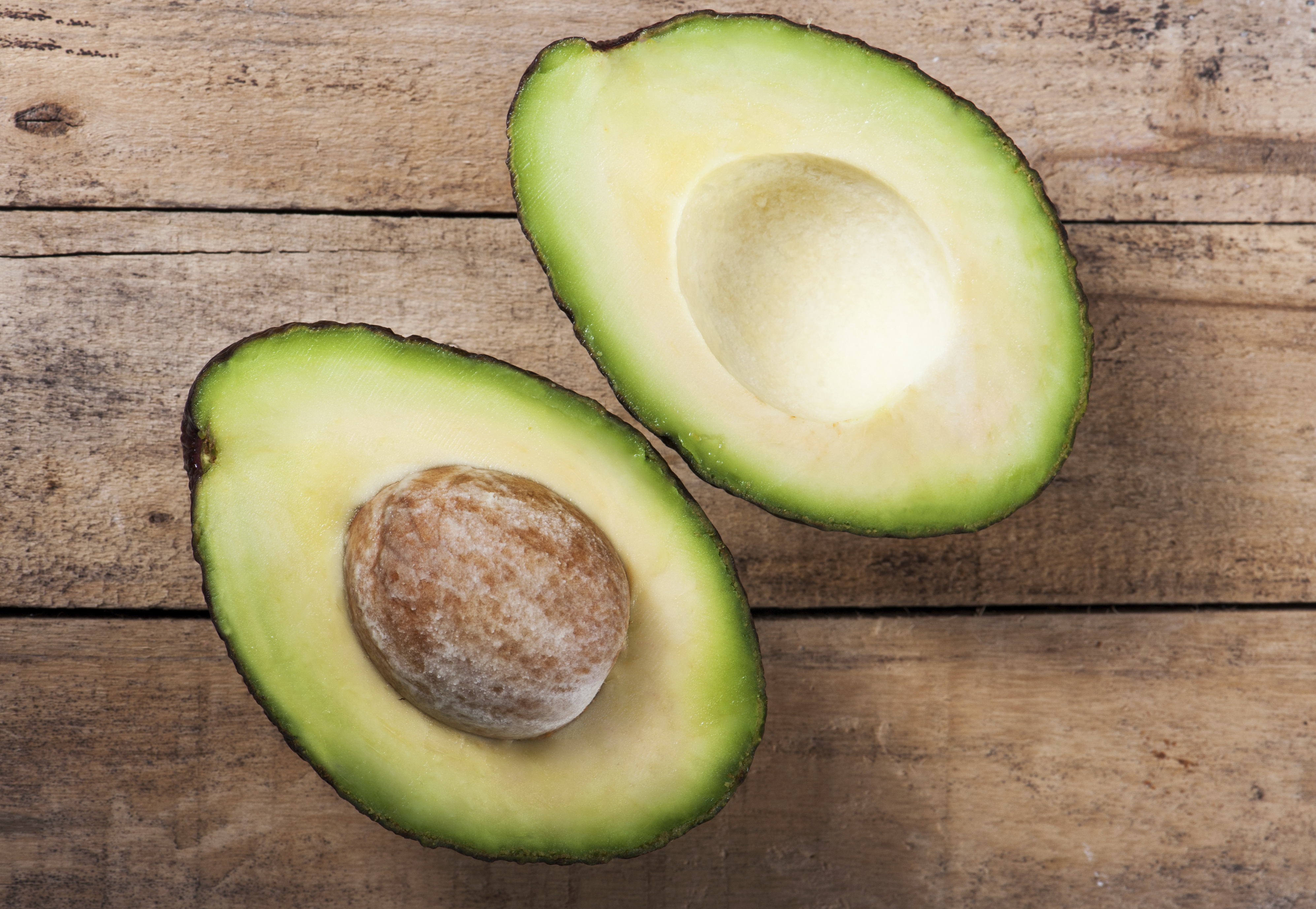
These days, avocados are one of the stars of healthy eating, earning praise for their rich supply of monounsaturated fats. They help you feel full long after eating while protecting your heart by increasing the good cholesterol (HDL) in your body. The creamy texture of avocados makes them a tasty substitute for mayonnaise on sandwiches or sour cream in dips. Avocados also treat you to a dose of healthy fiber.
The good fats in avocados do come with a concentration of calories—you can get nearly 400 in a single fruit, so it’s important to measure out your serving size. On Nutrisystem, you get three Extras each day. One-eighth of an average size fruit or one tablespoon of avocado puree counts as one Extra.
Once you cut into an avocado, it can be tempting to eat all or even half of it. Instead, store the fruit in your refrigerator with the pit in place to help keep it fresh. And be sure to click here to read up on 14 Brilliant Ways to Work Avocado Into Your Diet >
Nutrisystem Category: Extra
One Extra = 1/8 fruit, 1 tablespoon pureed
5. Watermelon
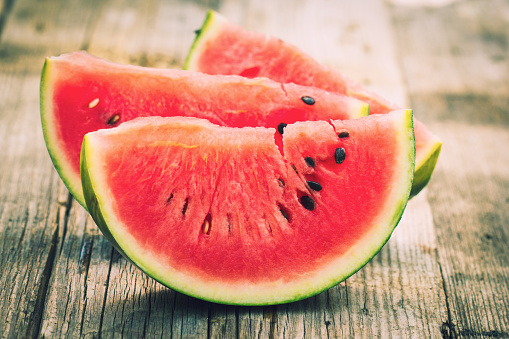
Sweet and juicy watermelon is light and refreshing, and it’s a delicious way to stay hydrated. Plus, it’s loaded with potassium, which helps your body regulate its sodium level. A cup of watermelon also supplies you with around 20 percent of your RDA for vitamins A and C, along with fiber.
All of that flavor and nutrition comes with a lot of sugar, though, which is why watermelon ranks higher on the Glycemic index than most SmartCarbs, and why you should always measure out your serving. There are nearly 10 grams of the sweet stuff in a one-cup serving of watermelon. Wedges of the fruit aren’t easy to measure for servings, so cut it into cubes to be sure you eat no more than one cup at a time.
Nutrisystem Category: SmartCarbs
1 SmartCarb = 1 cup
6. Fruit Juice: Apple, Grape & Orange
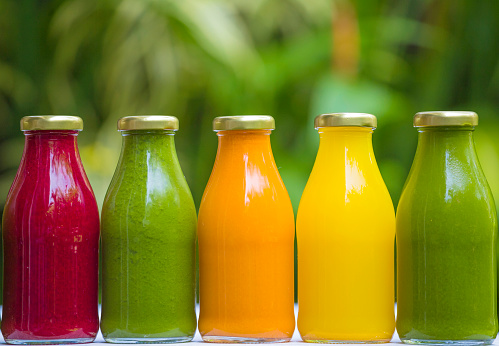
Many of us were raised with a glass of orange or other fruit juice as part of a healthy breakfast. Fresh fruit juices have also become popular with health-conscious eaters, too, as a quick way to get a concentrated dose of nutrients in a convenient drink. Just a half-cup of orange juice, for instance, delivers a whole day’s supply of vitamin C. But unlike whole fruit, juices don’t provide much fiber to help slow your digestion to keep you feeling full. Plus, juices are concentrated sources of sugar, too. To prevent spikes in your blood sugar, limit yourself to a half-cup of fruit juice. If you make your own healthy drinks, add vegetables and water to balance out the fruit. When buying fruit juice, beware of any that are labeled as “fruit drinks” rather than 100 percent juice. These drinks often have added sugar.
Confused about what’s better, smoothies or juices? Click here to find out what our experts have to say >
Nutrisystem Category: SmartCarbs
1 SmartCarb = 1/2 cup
7. Salad Dressing

A bowlful of fresh vegetables is always a healthy choice, so you can enjoy a salad with any meal. And research has shown that a little bit of fat helps your body absorb the potent nutrients in raw veggies, so salad dressing adds more than flavor to the dish.
But drenching the bowl in dressing adds a significant amount of calories to salad. With standard ranch dressing you get excess fats, so make sure you measure. We advise using no more than one teaspoon, but since these count as Extras on the Nutrisystem program, you’re allowed up to three teaspoons (or three Extras). Be wary of fat-free dressings, which may have even more calories, because they’re often loaded with sugar to compensate for the fat. Use no more two tablespoons of fat-free dressing on your salads.
A better idea? Opt for a drizzle of red wine or balsamic vinegar as your salad topper. Or, click here for three delicious, healthier versions of your favorite salad dressings >
Nutrisystem Category: Extra
1 Extra = 1 teaspoon regular, 2 tablespoons fat-free
The post 7 Healthy Foods You Should Always Measure appeared first on The Leaf.
from The Leaf https://ift.tt/AiUGMh8









